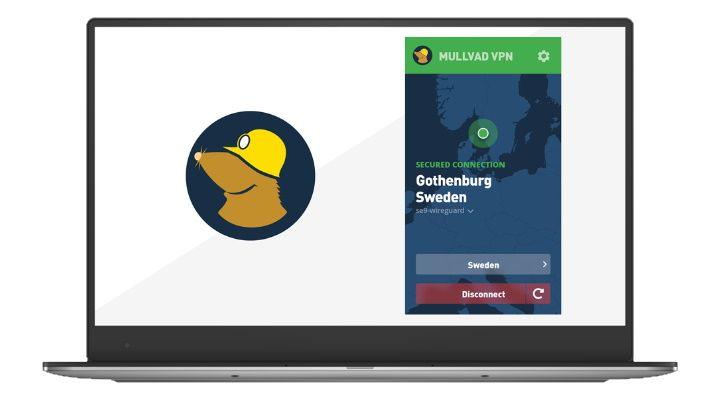- QUIC obfuscation is now built into Mullvad’s Android and iOS clients
- The protocol hides WireGuard traffic and bypasses censorship
- Mullvad already released QUIC on its desktop apps in September
Mullvad VPN has taken the next step in its fight against censorship-heavy networks by bringing QUIC-based WireGuard obfuscation to its Android and iOS apps.
The feature, which first rolled out on Mullvad’s desktop apps last September, now ships with version 2025.8 and later of the mobile clients. It tunnels WireGuard traffic through the QUIC transport layer, making the connection look like regular HTTPS traffic, dramatically reducing the chance of a firewall block.
The move comes as part of Mullvad’s broader strategy to retire OpenVPN and focus exclusively on WireGuard-based solutions, a shift announced earlier this year.
By extending QUIC to mobile, Mullvad ensures its users get the same level of stealth and performance whether they’re at home, on the go, or traveling through a country with aggressive internet filtering.
Mullvad’s update reinforces its reputation as a privacy-first VPN (Virtual Private Network) that, like the very best VPN services, continues to invest in advanced protocols to stay one step ahead of censorship tactics.
What is QUIC and why does it matter?
QUIC (Quick UDP Internet Connections) is a modern transport protocol originally designed for HTTP/3. It replaces the traditional TCP handshake with a more streamlined UDP-based exchange that delivers lower latency and built-in multiplexing. The latter refers to the software’s ability to transmit multiple independent data streams over a single connection.
In practical terms, QUIC lets web pages, video calls and file downloads travel together over a fast, encrypted tunnel, reducing the cost of opening separate connections for each activity.
We’re excited to announce that our latest obfuscation feature, QUIC, which aims to help users bypass firewalls and censorship, is now available on Android and iOS. Read more here: https://t.co/wTN01vy1Rs20 October 2025
Mullvad leverages QUIC through the MASQUE standard, which encapsulates WireGuard’s UDP packets in an HTTP/3 stream.
The result is traffic that appears to be indistinguishable from regular encrypted web traffic, preventing deep-packet inspection tools that target VPN signatures.
In short, QUIC gives Mullvad a powerful triple edge against online censorship.
Not only does its cloaking of VPN traffic as plain HTTPS make it difficult for firewalls to detect and block it, but its UDP-based handshake and low-latency design also keep connections fast. Built-in congestion control allows the tunnel to remain stable when the network fluctuates.
Together, these features let Mullvad subscribers slip past restrictive filters without having to sacrifice performance or reliability in the process.
How to activate QUIC on your mobile device
Apps will automatically attempt a QUIC connection after a few failed standard attempts.
However, if you prefer to always use QUIC, you can do so by navigating to Settings → VPN settings → Wireguard blur → QUICK and turn the setting on.
When enabled, Mullvad automatically routes all WireGuard packets through a QUIC stream, presenting them as normal HTTPS traffic to any intermediate firewall.
With QUIC now native to mobile clients, Mullvad gives privacy-focused users the same fast, stealthy experience on the go that they already enjoy on Windows and Mac VPN apps.



